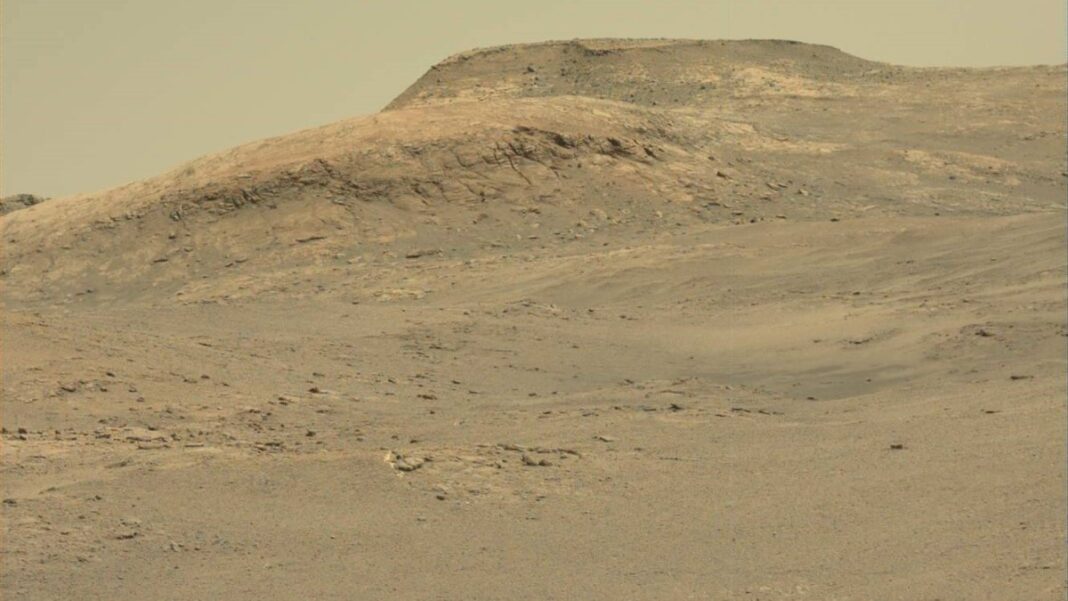ITALY: NASA’s Curiosity Mars rover, which is currently exploring the Gale Crater on Mars, had sent data from its DAN (Dynamic Albedo of Neutrons) spectrometer. A group of scientists had previously analysed the data
The scientists observed fracture halos, or in simpler terms, rings of light-coloured sediment, that stood out due to their colour in both older and newer Curiosity images. The light rock turned out to be opal after more tests.
The discovery of water in Mars’ history will influence future exploration missions
The presence of this mineral could indicate that there was once sufficient water there to possibly make the depths of these cracks habitable because opal is primarily composed of water and silica.
Additionally, it is possible that the water contained within the opal on Mars could one day be extracted, providing a water supply for any crewed missions to the Red Planet.
Mars is a sun-blasted, barren planet. The planet’s surface is inhospitable to life as we know it due to the amount of radiation there.
On the other hand, subsurface fractures contain a much darker environment that is better shielded from the constant exposure to intense radiation borne by the Gale Carter. The fact that these fractures encompass water-rich opals made their discovery even more exciting.
Research physicist Travis Gabriel, who worked at the University of Arizona, in a statement, said that seeing the widespread and “chock-full of opal” fracture networks is incredible.
Given the widespread fracture networks found on Mars, it is reasonable to assume that these potentially habitable subsurface conditions extended to other Gale Crater and possibly other regions of the Red Planet.
According to Gabriel and his colleagues, evidence of opal suggests that Mars’ fracture halos were among the last places to have a lot of liquid water and that Mars may have dried up after they formed.
A solution of water and silica gives rise to opals. On Earth, such solutions are present in hot springs, geysers, oceans, and other bodies of water at the bottom.
Opal forms when silica particles settle to the bottom of the solution. Opals sparkle, but they are not minerals, so it is possible to extract water from them.
Also Read: Perseverance Rover Records Sound of Dust Devil on Mars



